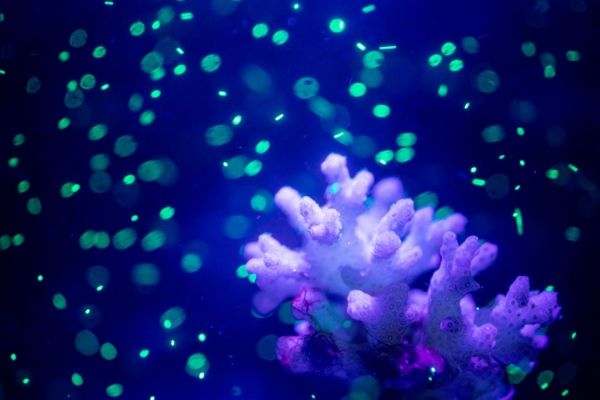Tiny microplastic particles are about as common in the ocean today as plastic is in our daily lives.
Synthetic clothing, containers, bottles, plastic bags and cosmetics all degrade and release microplastics into the environment. Corals and other marine organisms are eating microplastics that enter the waterway. Studies in this emerging field show some harmful effects, but it’s largely unknown how this ubiquitous material is impacting ocean life.
A new experiment by the University of Washington has found that some corals are more likely to eat microplastics when they are consuming other food, yet microplastics alone are undesirable. Two coral species tested responded differently to the synthetic material, suggesting variations in how corals are adapting to life with microplastics. The study was published Dec. 3 in the journal Scientific Reports.
“The more plastic we use, the more microplastics there are, and the more corals are going to be exposed,” said lead author Jeremy Axworthy, a UW doctoral student in the School of Aquatic and Fishery Sciences. “Our study found that some corals probably won’t eat microplastics and will keep going about their daily business. But some might — and if they happen to be sensitive to warmer ocean temperatures or other stressors, this is just another compounding factor to be worried about.”
Read more at University of Washington
Image: Under a black light, fluorescent green microplastics are seen in the water during a small demonstration experiment. In the actual 2018 experiment discussed in this paper, the cauliflower coral seen above ingested microplastics when prey was also present in the water, but avoided eating microplastics when no prey was there. (Credit: Dennis Wise/University of Washington)


